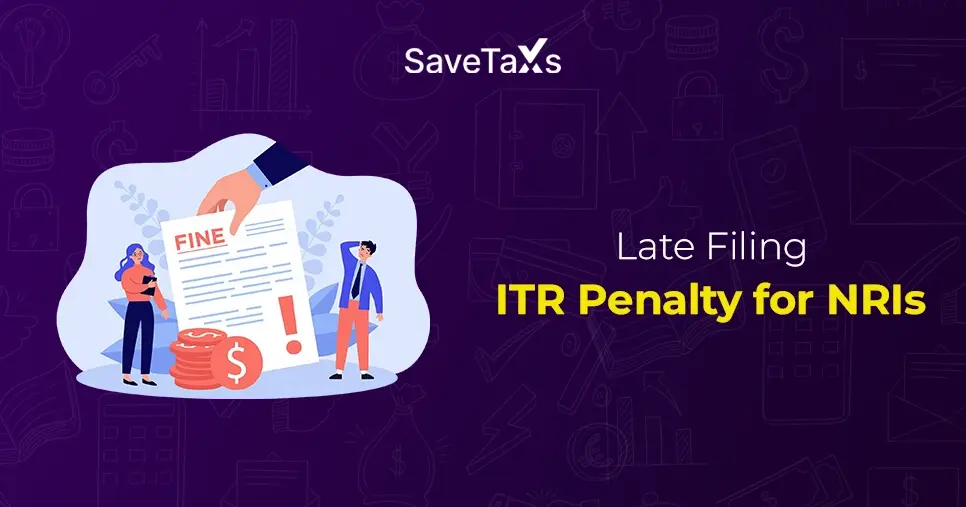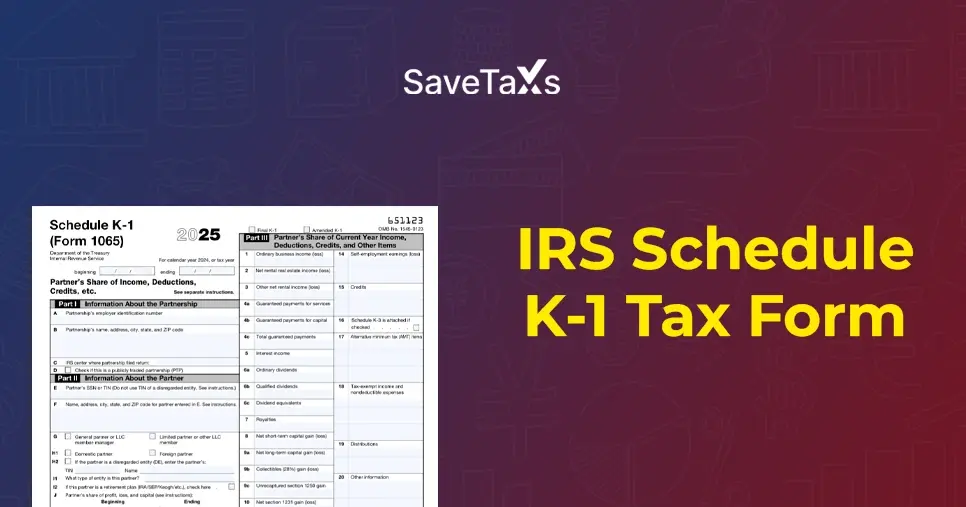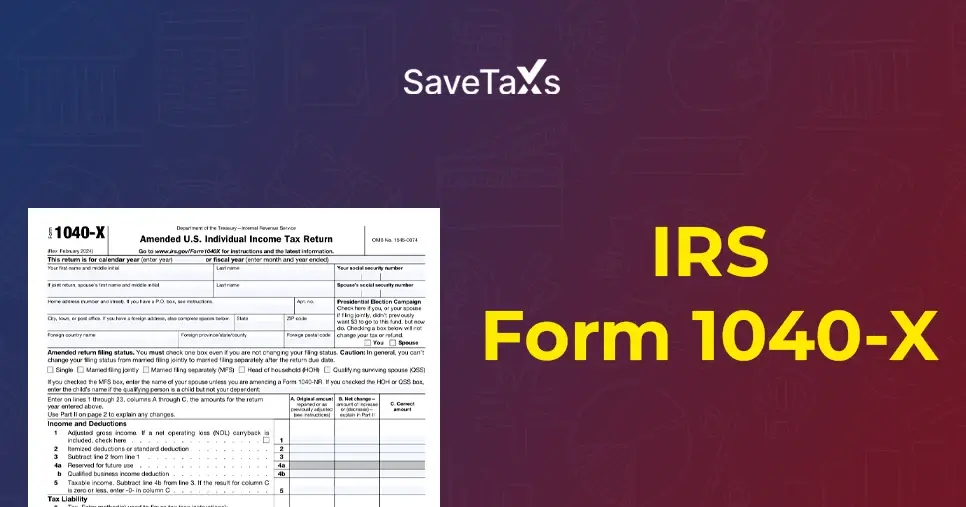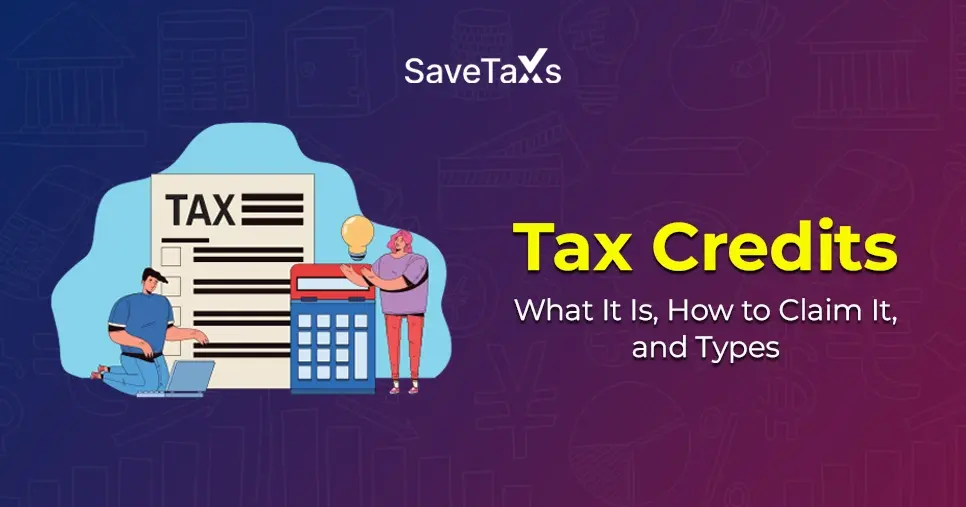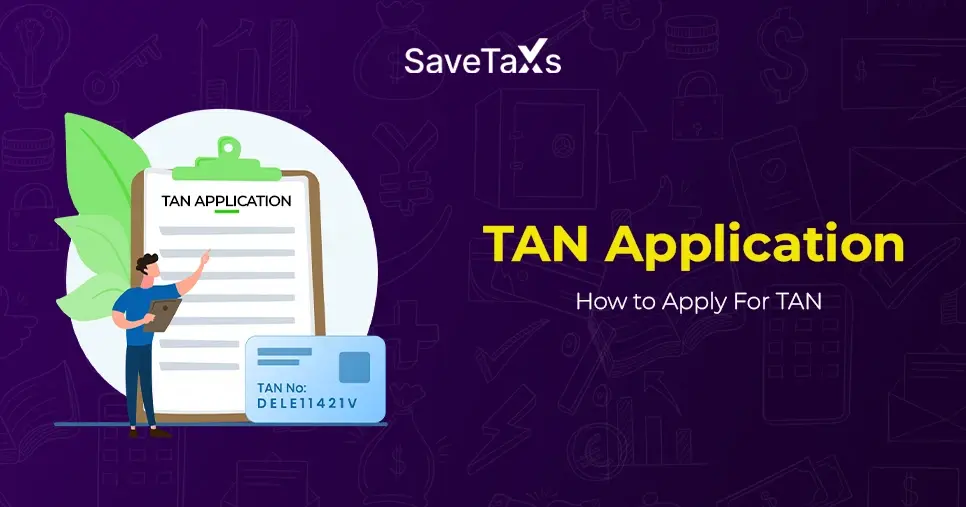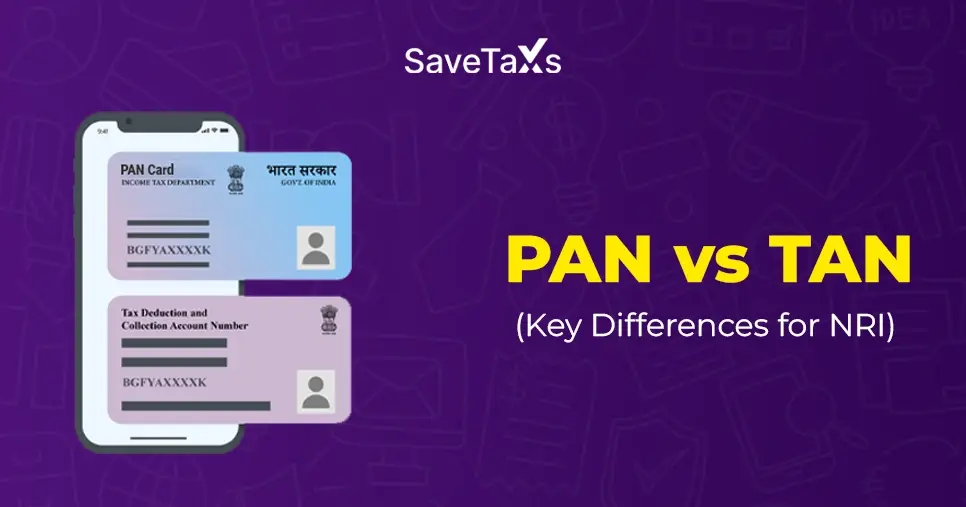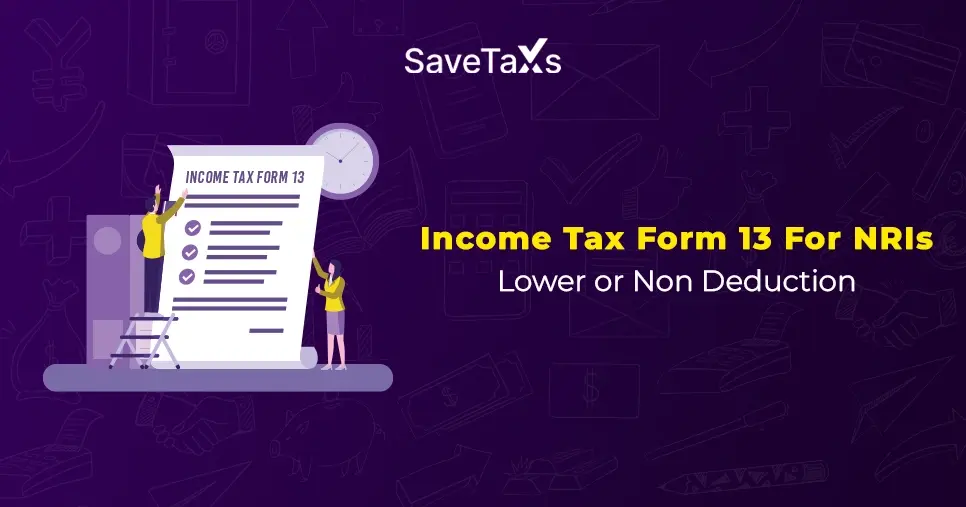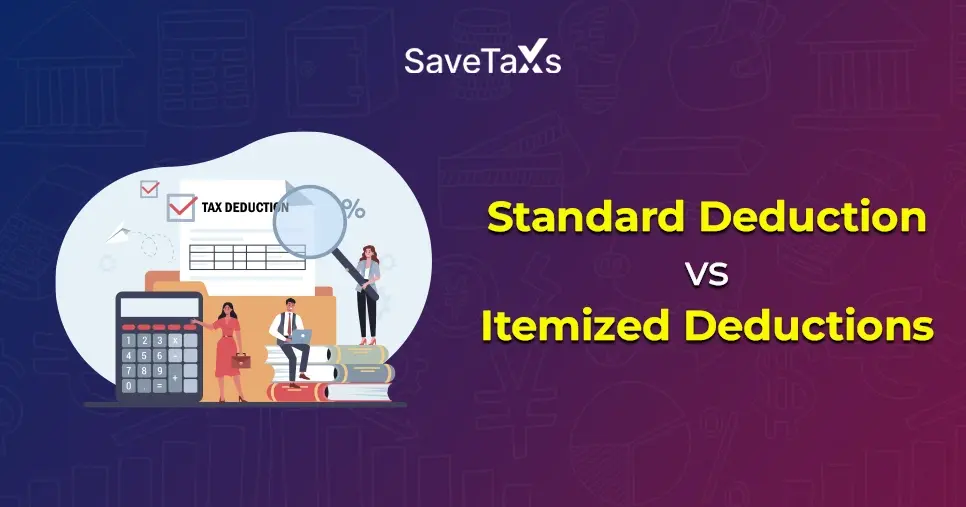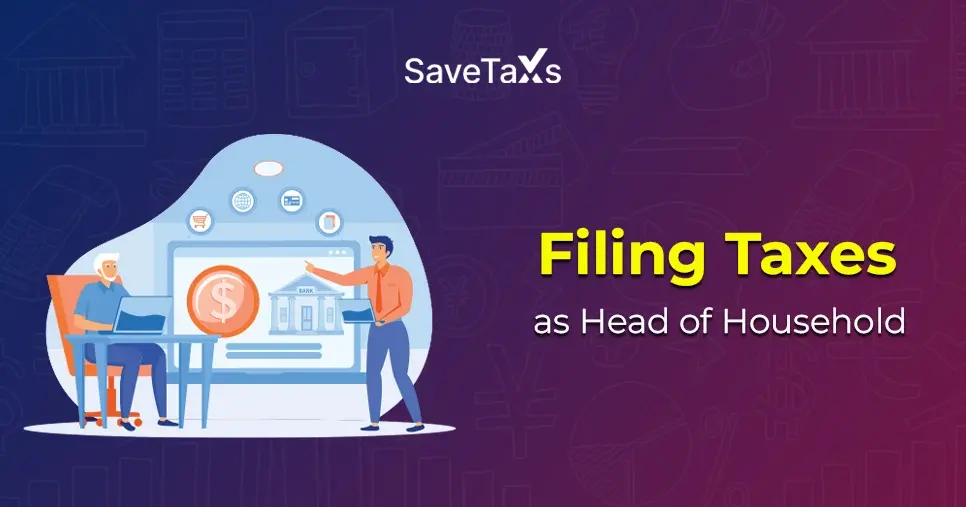Every year, the Internal Revenue Service (IRS) makes tax inflation adjustments in more than 60 tax provisions. These new tax laws are made to keep the tax brackets, deductions, and other supporting elements in sync with the changes related to the cost of living.
According to the sources, it is seen that inflation-related tax adjustments for the 2025 financial year have increased by 2.8%. This also includes adjustments to the federal income tax brackets.
In July 2025, the One Big Beautiful Bill Act, a complete legislative package that includes new tax laws, took effect immediately. The package also makes permanent aspects of the 2017 TCJA under the CUS and Jobs Act, which are set to lapse by the end of 2025.
In this guide, you will get to know about all the new tax laws, deductions, and credits. These elements will go into effect for the tax return filing for the year 2025 (filing return in 2026).
Key Takeaways
- One Big Beautiful Bill Act includes all the tax changes for the 2025 tax filing. According to this, many provisions of the 2017 Tax Cuts and Jobs Act (TCJA) are extended.
- The extensions of the TCJA include lower tax brackets, increased standard deduction rates, and lifted estate tax exemption amounts.
- The new tax laws do not impact the reporting and construction limit.
Summary of 2025 New Income Tax Law Changes
These are key changes made in the new tax bill.
- The seven federal tax brackets, which are 10%, 12%, 22%, 24%, 32%, 35%, 37% are now permanent.
- As per the new tax laws, the standard deduction is increased, and for older adults, a new "bonus" deduction is added.
- For each qualifying child, the child tax credit is increased at a cap of $2,200.
- With the income-based phase-out, the deduction cap of SALT is increased, but temporarily.
- The threshold for the alternative minimum tax exemption is reduced for the phaseout.
2025 Tax Brackets
For the fiscal year 2025, the seven federal tax rates are now permanent. Please consider the table mentioned below for a clear understanding of the 2024 tax bracket.
| Tax Rate |
Single Filers |
Married Filers Filing Jointly |
Married Filers Filing Separately |
Head of Household |
| 10% |
$0 to $11,925 |
$0 to $23,850 |
$0 to $17,000 |
$0 to $11,925 |
| 12% |
$11,925 to $48,474 |
$23,851 to $96,950 |
$17,001 to $64,850 |
$11,926 to $48,475 |
| 22% |
$48,475 to $103,350 |
$96,951 to $206,700 |
$64,851 to $103,350 |
$48,476 to $103,350 |
| 24% |
$103,350 to $197,300 |
$206,701 to $394,600 |
$103,351 to $197,300 |
$103,351 to $197,300 |
| 32% |
$197,300 to $250,525 |
$394,601 to $501,050 |
$197,301 to $250,500 |
$197,301 to $250,525 |
| 35% |
$250,525 to $626,350 |
$501,051 to $751,600 |
$250,501 to $626,350 |
$250,526 to $375,800 |
| 37% |
$626,351 and above |
$751,601 and above |
$626,351 and above |
$375,801 and above |
2025 New Tax Law - Standard Deduction and New Bonus Deduction
A standard execution is a certain amount of income that a taxpayer can exclude from their taxable income before the tax rates apply.
In the 2025 new tax law, the standard deduction has been increased as follows.
| Tax Filing Status |
Deduction Amount |
| Single Filer |
$15,750 |
| Married Filing Tax Returns Jointly |
$31,500 |
| Head of Household |
$23,625 |
Regarding the new bonus deduction for older adults, it is a new provision under the 2025 tax law. The bonus deduction will be effective from 2025 and remain in effect until 2028.
For taxpayers aged 65 and above, the total stands + bonus deduction for a single person is $21,750, and for a married couple filing jointly, it is $43,500. Ensure that the income thresholds apply here.
Taxpayer who are eligible to claim the full deduction must have their modified adjusted gross income (MAGI) of $75,000 or below as a single filer. For a married couple filing jointly, the threshold of MAGI is $150,000 or less.
And for the individuals who are above the income level, it slowly passes out.
| Filing Status |
Modified Adjusted Gross Income Phaseout Threshold |
2025 Bonus Deduction of senior class individuals. |
| Single |
<$75,000 |
$6,000 |
| $75,000 to $175,000 |
Reduced by the rate of 6% for every dollar above the set threshold |
| >$175,000 |
$0 |
| Married Filing Jointly (both individuals must be 65 or older) |
<%150,000 |
$12,000 |
| $150,000 - $250,000 |
Reduced by the rate of 6% for every dollar above the set threshold. |
| >$250,000 |
$0 |
Capital Gains Tax Bracket For 2025
In the new tax law 2025, the capital gain tax bracket is also adjusted slightly higher. The long-term capital gains bracket rates differ from those for ordinary income.
In some cases, it is also possible for people with lower incomes to pay 0% long-term capital gains tax when they sell a specialized long-term asset.
For example, a married couple with an income of $96,700 or less, who files a joint tax return, will have a long-term capital gains tax rate of 0% imposed.
Here is a table for a better understanding of the capital gains tax bracket:
| Applicable long-term capital gain tax rate. |
Single filers' taxable income over |
A married couple who are filing a joint return with taxable income over a certain amount. |
Head of household with a taxable income over. |
| 0% |
$0 |
$0 |
$0 |
| 15% |
$48,350 |
$96,700 |
$64,750 |
| 20% |
$533,400 |
$600,050 |
$566,700 |
Net Investment Income Tax (NIIT) 2025
The net investment income tax is imposed on specified investment income that is over a set threshold. The investment income can be for estates, individuals, and trusts.
The net investment income includes: interests, capital gains, dividends, and other income as approved by the Internal Revenue Service (IRS).
Net Investment Income Tax is computed at the 3.8% or the lesser of your net investment income. Or of the amount your MAGI (modified adjusted gross income) surpasses the set threshold.
If your modified adjusted gross income (MAGI) is below the set threshold, you won't owe any NIIT even if you have a certain investment income. The set threshold here does not adjust for inflation.
| Filing status |
Net Investment Income Tax (NIIT) Threshold |
| Single |
$200,000 |
| Married Filing Jointly |
$250,000 |
Alternative Minimum Tax (AMT) 2025
The alternative minimum tax (AMT) is imposed by the government of the United States on taxpayers who have a significantly high income. This tax is imposed to ensure that such taxpayers pay a minimum amount of tax.
The AMT was created in 1969 to mend the tax loopholes for high-income taxpayers. Regarding the new tax law of 2025, the AMT has been adjusted by reducing the income levels for the exemption phase-out. Such akiut will be adjusted as per inflation in the coming years.
The Adjustment for the year 2025 includes:
The Alternative Minimum Tax (AMT) exemption is increased to $88,100 for single filers, and for married couples filing jointly, it is $137,300.
The Alternative Minimum Tax (AMT) phaseout is at 25 cents for a dollar. This is a dollar that is earned once the AMT income reaches $50,000 for individuals and $1,000,000 for married couples filing jointly.
Child Tax Credit 2025
As per the new tax law 2025, the child tax credit is raised to the maximum cap of $2,200 for every qualifying child. This credit amount will be adjusted annually as per inflation.
For the qualified taxpayer, a fund of up to $1,700 may be available by 2025. This $1,700 refund is part of the additional child tax credit, and this amount will also be adjusted yearly for inflation.
There are specific eligibility criteria and income thresholds that must be met to get the child credit. So, to qualify a child.
- Have to be under the age of 17 by the end of the tax year.
- Be listed as a dependent on your tax return.
- The child must meet the citizenship requirements, and at least one of the child's guardians or parents must also meet the citizenship requirements.
- The child must live with his/her parents for more than half a year.
Furthermore, the child tax credit is only obtainable for the taxpayer with modified adjusted gross income (MAGI) up to a set threshold, and after which it is phased out.
| The Filing Status |
MAGI Phaseout Threshold |
Child Tax Credit 2025 |
| Single Filer |
<$200,000 |
$2,200 per child |
| $200,000 - $240,000 |
Reduced by $50 for each $1,000 for income over the set threshold |
| >$240,000 |
$0 |
| Married couple filing jointly |
<$400,000 |
$2,200 per child |
| $400,000 - $440,000 |
Reduced by $50 for each $1,000 of income over the threshold |
| >$4440,000 |
$0 |
Lifetime Estate Tax Exemptions and Gift Tax Exclusion Amounts for 2025
Regarding the new tax law of 2025, the gift tax exclusion allows the first $19,000 worth of gifts to be tax-free, meaning you can exclude them from tax. $190,000 is a gift to spouses who are not US citizens.
Additionally, the lifetime exclusion amount of the deceased who passed away in 2025 is capped at $13.99 million per individual.
In 2026, the loan amount will be increased to 15% million for each individual, and it will be adjusted yearly in accordance with inflation.
The deduction levels of the State and Local Tax (SALT)
As per the new tax law 2025, the deduction limit of SALT will be increased to $40,000 for he married couple filing a return jointly. The original limit was $10,000.
Ensure that the new deduction amount will only apply to individuals with MAGI up to a particular set threshold. If the amount goes over the set threshold, the deduction amount passes out. Once the amount passes the maximum cap, it comes to $10,000 for a married couple filing a joint tax return.
| Filing Status |
MAGI Phaseout Threshold |
SALT deduction limit 2025 |
| Married couples filing jointly |
<$50,000 |
$40,000 |
| $500,000 - 600,000 |
Reduced by the rate of 30% for every dollar over the set threshold, but not below $10,000. |
| >$600,000 |
$10,000 |
| Married Filing Separately |
<$250,000 |
$20,000 |
| $250,000 - $300,000 |
Reduced by the rate of 30% for every dollar over the set threshold, but not below $5000 |
| >$300,000 |
$5,000 |
The phaseout threshold and the new income limit increase by 1% every year through the tax year 2020. Additionally, the SALT deduction amount is permanently reduced to $10,000 and $5,000 for a married couple filing separately.
The New Tax Law 2025: Retirement Plan Contribution Adjustments
The new tax law of 2025 did not impact the limits of retirement account contributions.
$7000 is the limit for annual contributions made to a traditional or Roth IRA for the year 2025. For individuals aged 50 and above, the limit for traditional and Roth IRA contributions remains at $1,000 for 2025.
There are employees taking part in governmental 457 plans, 401(k), 403(b), and the federal government's Thrift Savings Plan. For such employees, the yearly contribution limit is increased to $23,500.
The limit of contribution for a SEP, which is a simplified employee pension IRA, in 2025 is either $70,000 or 25% of the employee's contribution, whichever is lower. In the year 2025, the maximum compensation that can be considered for SEP IRS is also increased to $350,000.
Taxpayers with a SIMPLE IRA can contribute up to $16,500 in 2025. People who are aged 50 nd older can contribute an additional amount of $3,500 in the catch-up contributions.
The catch-up contribution limit is applicable for employees aged 50 and above. These employees are also part of most 401(k) plans, 403(b) plans, the federal government's Thrift Savings Plan, and governmental 457 (b) plans. The limit remains $7,500 for the year 2025.
The Secure 2.0 Act provides a higher catch-up contribution limit that applies to employees aged 60, 61, 62, and 63 who are part of these plans.
For the year 2025, the limit of higher catch-up contribution is $11,250. Whereas for the individuals of age between 60 and 63, the maximum limit for catch-up contribution is $5,250. They are the same individuals who contribute to the SIMPLE IRA.
The MAGI ranges for determining eligibility for Roth IRAs are also increased for 2025.
Tax Provision Not Changing For 2025
Certain items are not adjusted as a result of the inflation in the new tax law. Hence, the provisions that remain unchanged are:
Personal Exemptions: These exemptions are now permanently eliminated in the TCJA.
Itemized Deductions: Taxpayers in the high-income earners tax bracket (37%) are limited to a maximum of 35 cents on one dollar for itemized deductions.
Lifetime learning credits: After December 31, 2020, the lifetime learning credit is not adjusted for inflation.
Get Your Taxes Filed By The US Tax Experts
Conforming to the new tax laws to stay in compliance with the Internal Revenue Service is essential. Staying compliant not only enhances your financial plan but also helps you make informed, long-term financial decisions.
For someone new to the concept of the tax laws, understanding them and then filing your taxes on your own can be troublesome. Hence, you must take the help of an expert to abide by the law.
Savetaxs is a leading name in the taxation industry. We have helped thousands of US citizens and NRIs to file their taxes in the US, ensuring all the permanent and temporary changes in the tax code are considered.
Our satisfied client base shows the quality of services we offer. Savetaxs serves its clients 24/7 across all time zones, so connect with us today and file your taxes smartly.
Note: This guide is for information purposes only. The views expressed in this guide are personal and do not constitute the views of Savetaxs. Savetaxs or the author will not be responsible for any direct or indirect loss incurred by the reader for taking any decision based on the information or the contents. It is advisable to consult either a CA, CS, CPA or a professional tax expert from the Savetaxs team, as they are familiar with the current regulations and help you make accurate decisions and maintain accuracy throughout the whole process.
 India
India
 USA
Tax Consultancy Services
USA
Tax Consultancy Services


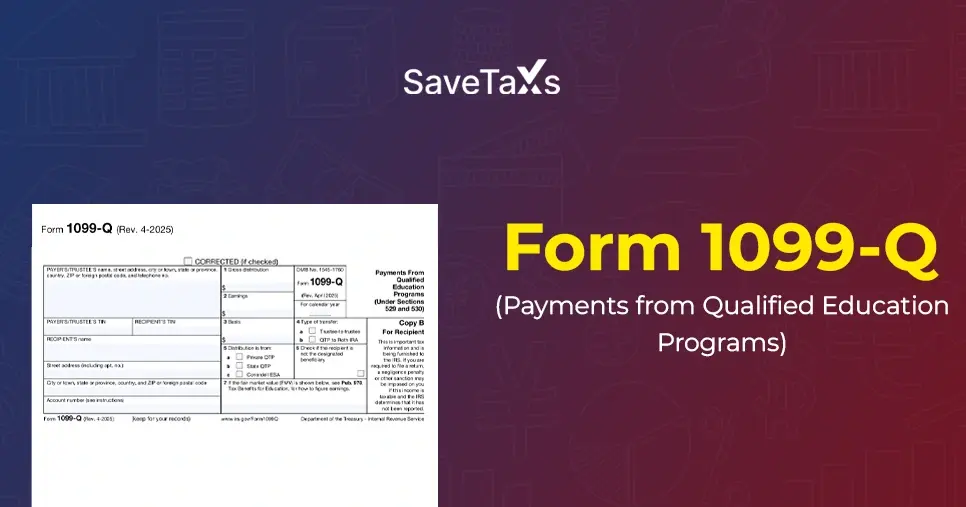
-in-the-USA_1762862398.webp)
